Writing this blog officially wraps up my fourth and final week working in the Rohwer Lab at SDSU. My time here has taught me more about the world of science (and marine microbes and coral health) than anything before. As I leave my teachers and mentors in the lab, I am nothing but thankful for their guidance and support, as well as for this opportunity.
On Monday, I began by creating my final “Weekly Goals” presentation. These presentations are written in white Comic Sans font on a black background (to offset the effects of dyslexia) and help to keep track of what each person does in the lab each week. For me, this extra step at the beginning of the week has made it much easier to remember details for writing my blogs, as well as providing me with a sense of what is on my agenda for the near future. After writing my goals, I worked with Jenna and got a refresher on how to make anodisk slides for VMR and Biomass samples (the same process I was introduced to on my first day here). We were planning on using the latter part of the day to view and image these slides, but the microscope was acting up, so we pushed it to the next day. Before leaving the lab for the day, I helped organize vials of samples from the DOC experiment that were still undergoing experimentation and analysis.
On Tuesday, the microscope was fixed, and Rachel taught me how to view the slides we made and how to run photo analysis to count the number of viruses and bacteria. After working with the computer software for the microscope, I got more practice with the water chemistry kits and Sterivex for the aquarium. I used the rest of the day to begin working on the project that I was focusing on this week — creating a presentation on a research paper to recreate a seminar-like situation. On Tuesday, I picked a research paper and began familiarizing myself with its material. I ended up using a paper titled “High Incidence of Lysogeny in the Oxygen Minimum Zones of the Arabian Sea (Southwest Coast of India)” by Ammini Parvathi. This paper discusses the hypothesis that Lysogeny may represent the major survival strategy for viruses in unproductive or harsh nutrient/host conditions in deoxygenated waters. My lab-mates thought this article would be a good fit for me as the experiment conducted just before my arrival was focused on dissolved oxygen.
On Wednesday, we added one more sampling date to the experiment, so I did my routine photo-taking and collected and fixed Anneke’s protist samples for her. I then continued working on my main project, reading through the paper and organizing its information into a slide show. I then worked to fully understand the graphs and figures as much as possible, write myself notecards outlining the basic methods and findings for each element of the research, and remove text from the slides.
Thursday morning, I added some finishing touches to my presentation and my notes. Then, we all gathered in the office of the lab, and I shared my knowledge on the study alongside the google slides presentation. 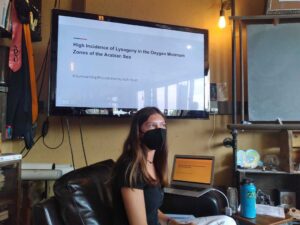 I received appraisal and feedback from my labmates/mentors and then went down to the aquarium room, one last time. In the aquarium room, I helped Andrés add drops of hydrochloric acid into vials of carbon water samples. These vials are being used to test a new method for creating a control. This is why they were frozen, to kill any living organisms/viruses/bacteria in the water. For this part of the experiment, Adrés filled the vials to the top with water from the algae tank, and I meticulously added two drops of acid into each of the vials to act as a fixative.
I received appraisal and feedback from my labmates/mentors and then went down to the aquarium room, one last time. In the aquarium room, I helped Andrés add drops of hydrochloric acid into vials of carbon water samples. These vials are being used to test a new method for creating a control. This is why they were frozen, to kill any living organisms/viruses/bacteria in the water. For this part of the experiment, Adrés filled the vials to the top with water from the algae tank, and I meticulously added two drops of acid into each of the vials to act as a fixative.
Friday was my last day in the lab. 🙁 When I arrived in the morning, I followed up on the Manta sampling tool which Andrés had taught me how to set up and install earlier in the week.
This tool can be used to measure the levels of dissolved oxygen, turbidity, temperature, Ph, Ammonia, Nitrate, etc. We now learned how to connect the device to a computer and use the software to extract the raw data. While the Manta files were uploading, I had some time to work on this blog, and then I helped give the new intern an introduction to Unix coding. After that, we had a final lab meeting for my going away party! There were snacks and key lime pie and it was very fun!
During the free time of my last week in San Diego, I tried to explore as much as possible. On Monday I did a final Trader Joe’s run and then walked around my neighborhood.
After work on Tuesday, I got boba in Point Loma and then drove over the hills surrounding my house to a hiking park. Wednesday, I watched the sunset at Sunset Cliffs Natural Park.
Thursday afternoon I sunbathed and read my book on the sands of Coronado beach. Friday, I visited Balboa Park and ventured through the beautiful grounds and art museums.
This weekend I am going to meet up with some friends and then begin my journey home! I have loved the time I have been able to spend in California!
As I write my last words of this blog I would like to recognize Patrick Elles. Patrick was my mentor for everything I did with Pinhead while pursuing this internship. From avalanche training and snow science trips, to after-school lego building camps, to public events, Patrick was always an encouraging leader. I wish I could share with him all that I have accomplished during this time.
Lastly, to Sarah and the entire Pinhead team that granted me this opportunity, thank you!!! It was truly an amazing experience!

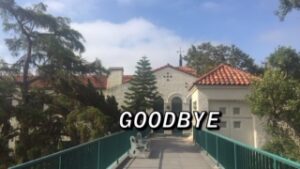
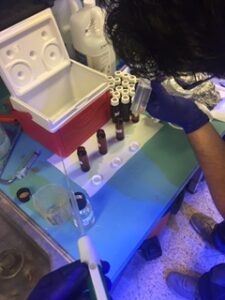
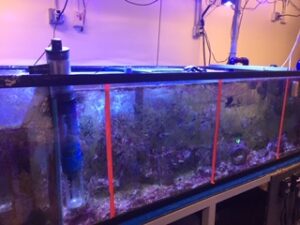
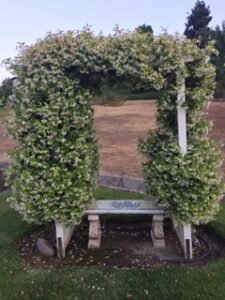

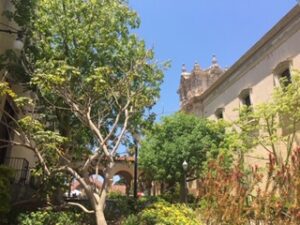
There are no comments published yet.